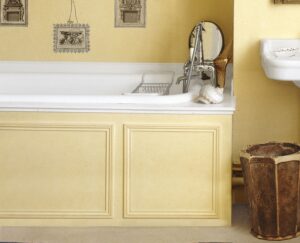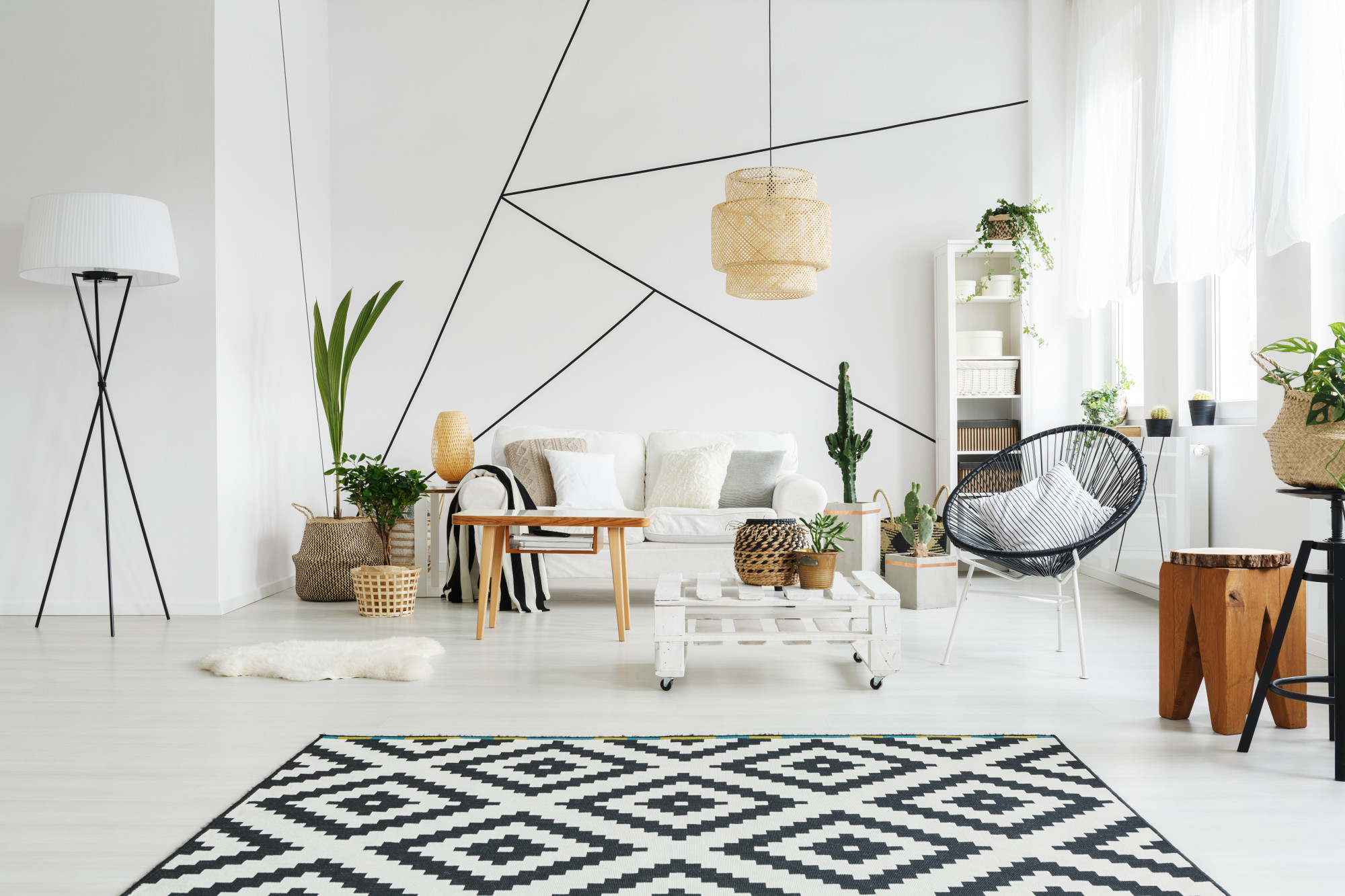
Both minimalism and the Scandinavian style have been used to decorate homes, and while they share many similarities, there are some key differences to be aware of.
The Scandinavian style and minimalism share some features due to the simplicity and elegance they bring when incorporated into the home; nevertheless, the distinctions between the two are more obvious due to their origins, ideologies, and utility.
Minimalism is a design style that aims for perfect purity, simplicity, and functionality in order to create orderly and peaceful rooms while maintaining a sense of style and refinement. The Scandinavian style, on the other hand, aims to maximize natural light, create rooms that are surrounded by nature, and create visually spacious places.
But, how can we distinguish both genres and, of course, set the tone so that they can be distinguished from one another?
Minimalism
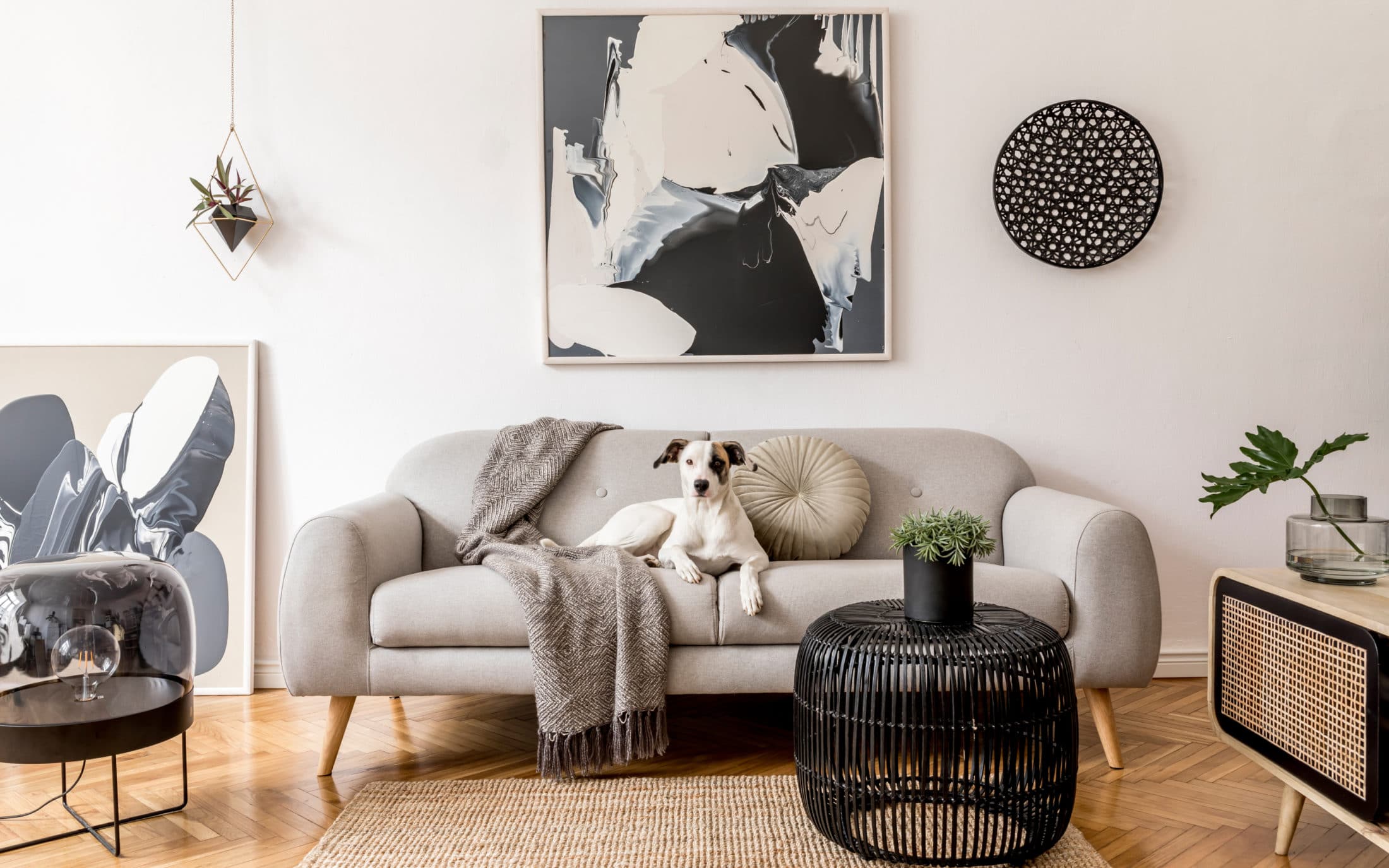
In the 1960s, American visual artists coined the term minimalism to express their dissatisfaction with the destructive prevalence of realist currents and pop art, with the goal of distilling it down to its essence.
A flowing, open-concept area is the goal of the minimalist design. Emphasize the furniture’s simplicity and usefulness; it is influenced by traditional Japanese design, which features clean lines that flow throughout the home. Industrial materials, geometric shapes, chrome, stainless steel, and lacquered plastics are more commonly used in minimalism.
Because the little decoration in this style must be useful, minimalism stresses minimizing the colors, materials, and textures used to furnish as well as decorate, ensuring that the design is the absolute protagonist of the room and everything revolves around him.
Scandinavian Style
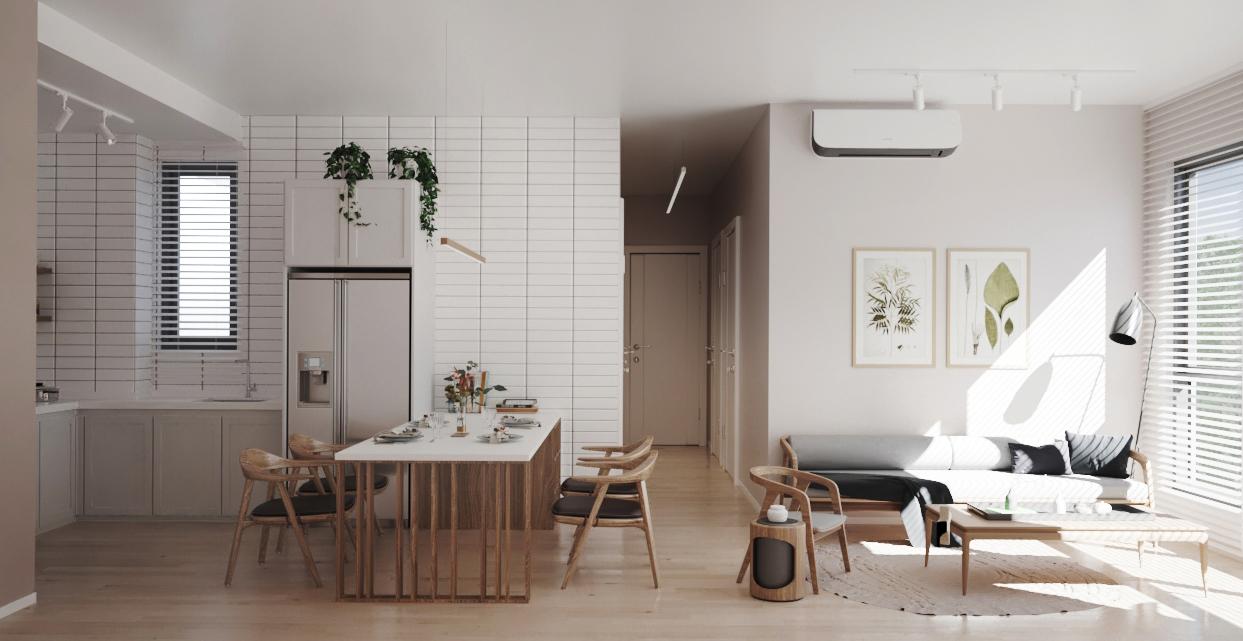
Light colors, natural materials, and organic forms predominate in the Scandinavian style, which was established in Scandinavian nations like as Norway, Sweden, and Finland (thus its name) with the goal of making the most of the limited natural light available during the majority of the year.
Because nature plays such a big part in the Scandinavian style, wood will be a big part of the interiors, along with natural fabrics like linen, cotton, and wool, which are perfect for dressing the house. The goal of incorporating these elements is to create rooms that are warm, soothing, and functional. The Scandinavian design aims to contribute to the décor of rooms that visually have more space, allowing natural light to shine through.
in Search of Order
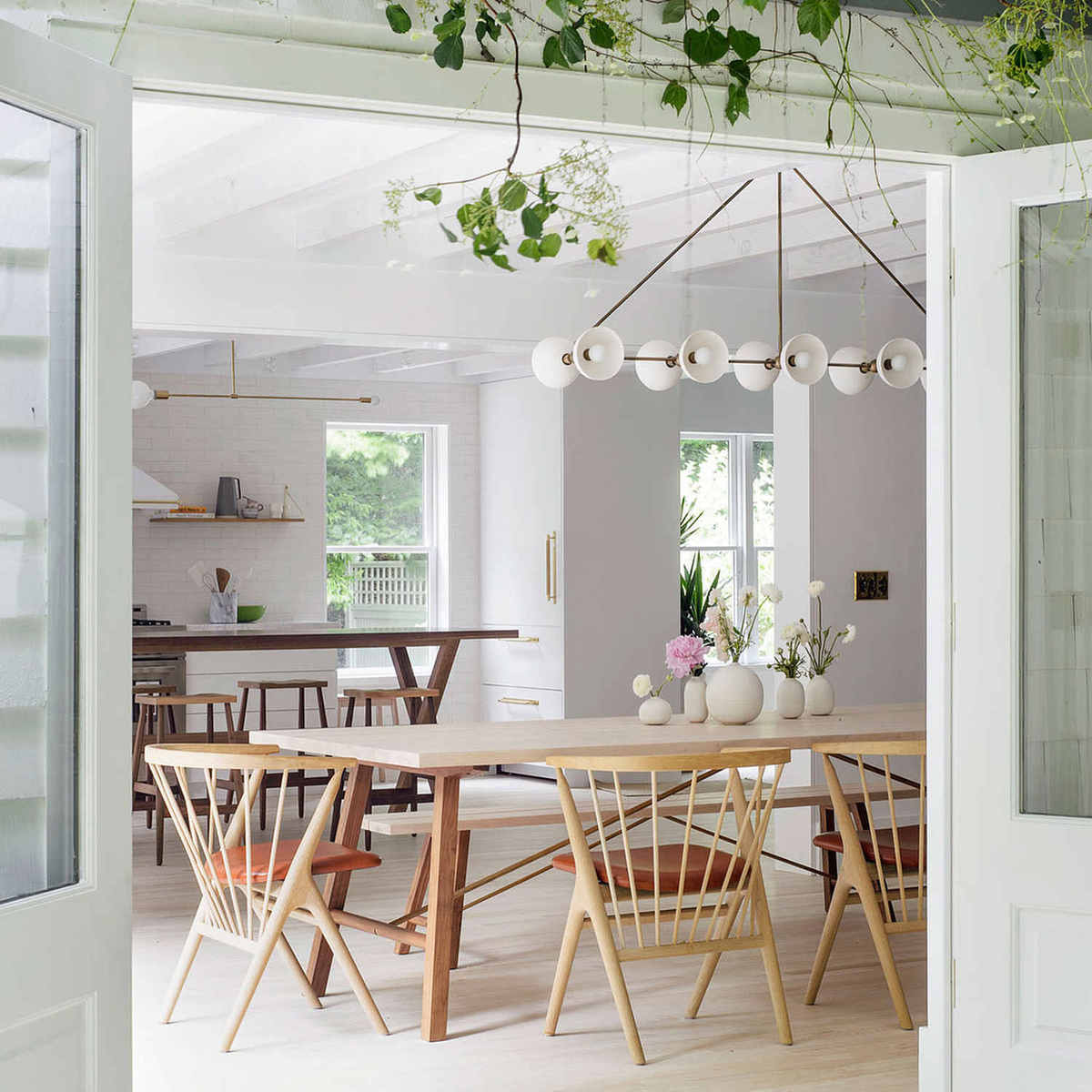
Both styles strive to bring order to the home, but the way they do so differs. Whereas minimalism favors basic tones like white or black, the Scandinavian gives a more diversified palette as long as it is neutral and gentle.
Both have the goal of creating areas that transmit quiet and tranquilly, so you may see your home as a haven of peace while maintaining order and, of course, reflecting your personality. Then, understand the differences between each one.
Simplicity vs. Space
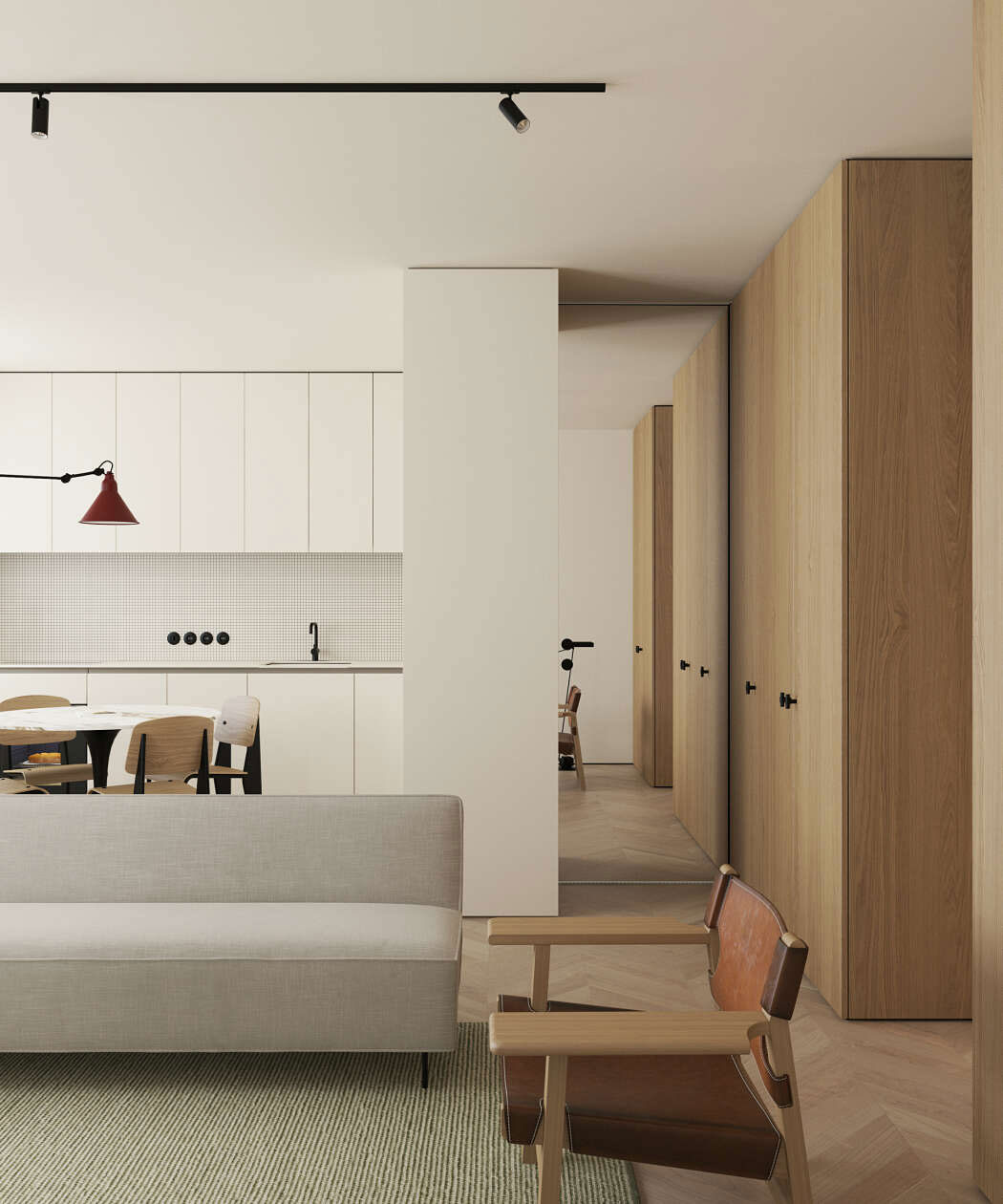
The use of white tones and a lack of decoration on the walls of your places takes on a stronger symbolic value in minimalism. Normally, before deciding on this form of decoration, you should ask yourself, “Do I really need it?”
While the Scandinavian design has no set of guidelines or regulations to follow, its goal is to portray a sense of space, which is why it emphasizes that having large spaces helps to generate a sense of lightness.
Warmth vs. Functionality
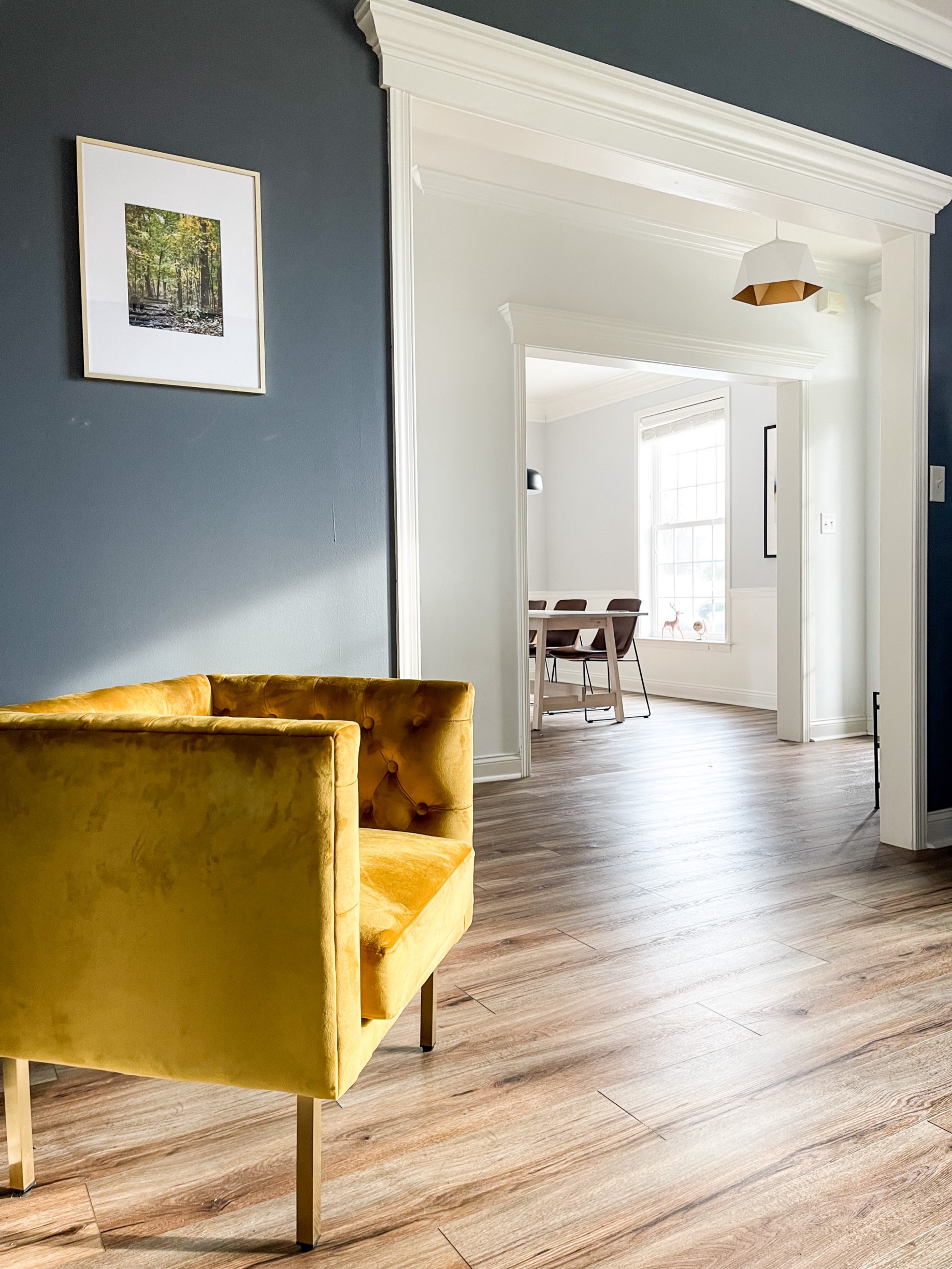
The Scandinavian style focuses on producing warm and pleasant areas, thus it always chooses natural materials for decoration in order to create one-of-a-kind, serene spaces.
While minimalism aims to get rid of useless belongings, it also aims to create a peaceful environment with décor and furniture that serves both purposes.
Neatness vs. Practicality
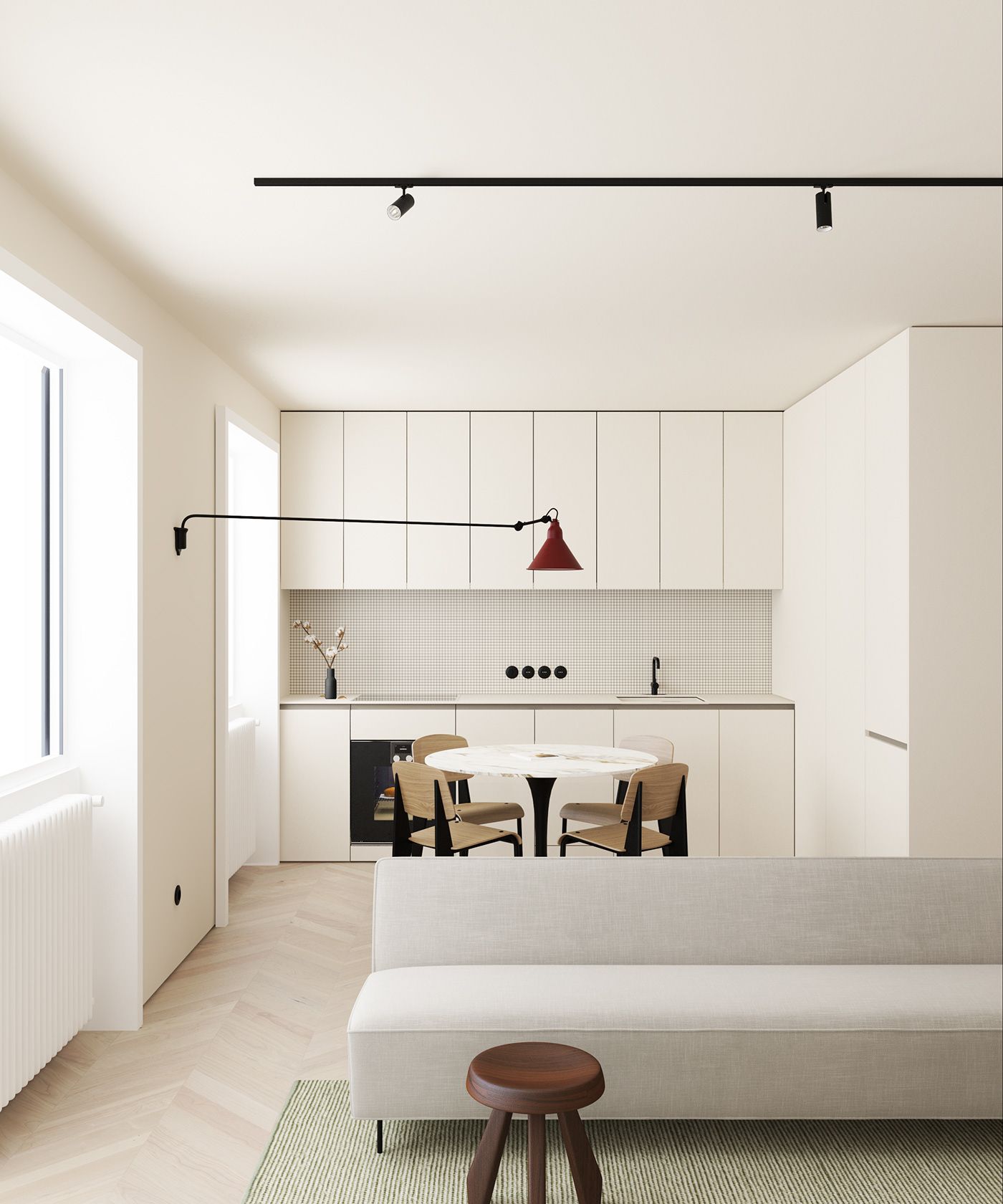
Because having places with excessive adornment and disarray can damage your life physically, intellectually, and emotionally, minimalism strives to create a neat and orderly atmosphere that is always in order. The idea is to make the environment more clean and meaningful.
Practicality is one of the most prominent features of the Scandinavian style, since it aims to create functional rooms that, via their design and distribution, make daily life easier, enhance energy, and create a soothing environment throughout the home.



